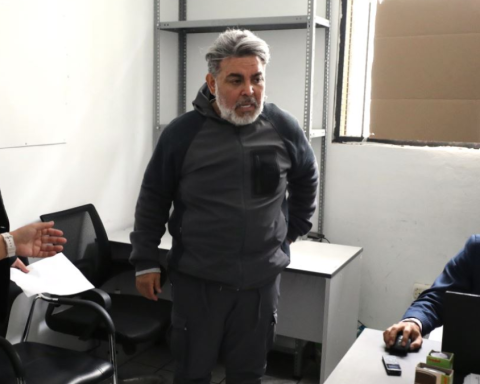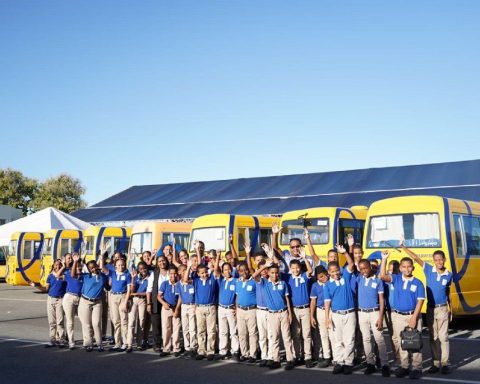The dynamics of electronic commerce has brought with it a two-way communication, where whoever receives the product can share their experience of the entire purchase process from the start, but can also choose, for any reason, to return the product if it does not meet their expectations. expectations.
This process, so important in Ecommerce, known as reverse logistics, tests the brand’s commitment to customer happiness, which could result in a new purchase and, therefore, in strengthening its reputation.
In high seasons and mass purchase campaigns, where product returns increase, reverse logistics becomes a fundamental aspect in the sales planning process, and variables must be foreseen, such as an efficient service response. customer service, request to replace the returned item, activation of a shipping process for the new product, etc.
LOOK: Children’s Day: 70,000 product deliveries are projected for this Sunday
According to the latest study The keys to a new Peru: Current X-ray of the Peruvian consumer, carried out by GfK Peru, 32% of Peruvians indicate that they schedule their purchases during high-traffic events in order to obtain the best discounts. Thus, these types of campaigns become the best opportunity for brands to provide an impeccable experience to their customers and achieve their loyalty.
In this context, Ecomsur, a leading company in Fullcommerce®, which provides a comprehensive e-commerce solution, warns of the importance of paying greater attention to one of the points that has been gaining relevance: reverse logistics, that is, returns or exchanges requested for those customers who were not satisfied with their online purchases; for which he shares four important points that an Ecommerce must take into account:
- To anticipate. It is necessary for brands to analyze and have a stipulated protocol, so that, in the event of a return from a customer, the process is the same or simpler than the purchase itself.
- Provide dispatch alternatives. The company must have different dispatch options, when the consumer wants to make a return, as well as having multiple alternatives for the moment of acquiring the good or service.
- Clear policies. The conditions of purchase and sale must always be specified, especially in high-traffic events. For example, it must be clearly stated that if you purchase an item on sale, it is not subject to return; that only has 30 or 60 business days to change it, among others.
- in-depth review. It is important to carry out an inspection on the product that the client returns; It’s not just about picking up and shipping. Check if the returned product is in good condition, investigate if perhaps it was damaged in the last mile process and make sure that the wrong product was actually delivered.
“Reverse logistics is an expensive, complex and, at the same time, highly customizable process. If a brand can make a return customer-friendly, it will build customer loyalty. The trend for this year and those to come indicates that, unfailingly, all brands that are focused on customer loyalty must have this aspect perfectly mapped if they want to strengthen their reputation. For this, it is important to always stay close to the consumer during the customer journey, as well as having the ability to quickly and satisfactorily resolve any inconvenience and comply with what was initially offered to the user”says Daniel Guevara, Business Developer of Ecomsur in Peru.
Although companies continue to work on improving their reverse logistics processes, for some it is still seen as an additional expense and a permanent risk factor. However, this should be seen as an opportunity to stand out and improve the customer experience, and even as an important tool. An Ecommerce that has an operation adapted to the needs of the brand and its consumers, must communicate and agree on reverse logistics services with their respective suppliers from the beginning, only in this way will it achieve a positive impact on its customers.
RECOMMENDED VIDEO
:quality(75)/cdn.jwplayer.com/v2/media/9iFcDbmu/poster.jpg)

















